The viaduct intersection is being built by Balfour Beatty Vinci, using a method initially developed by French civil engineering specialist Campenon Bernard, now part of Vinci.
The River Tame West Viaducts presently under construction carry three rail tracks and form the northern tip of the planned Delta junction, which will require nine viaducts to be built in total.
Construction of the 20 piers to support the first of these viaducts started last year. The initial phase involved conventional methods placing precast viaduct segments onto two 42m truss beams, moving them into place with a skidding trolley, and securing them by post-tensioning techniques.
Since then, a giant cantilever structure has been built to extend the viaduct. Temporary works include erecting a 22m high mast that anchors post-tensioning cable stays to support concrete segments being installed. These are installed by a 14m high mobile swivel crane at the leading edge of the construction process.
The approach is similar to that employed for building cable-stayed bridges, but once the box viaduct is complete and permanent post-tensioning tendons have been stressed the mast and stays are removed.
The crane lifts and installs one concrete segment into place at a time, eventually completing each 45m span length. The same process is repeated between each pier until all of the spans are complete.
A team of 40 people are currently involved in the operation, and a total of 2,500 concrete segments will be moved into place using this specialist technique.
All the deck segments are due to be in place by August 2026.
The concrete segments are being manufactured at HS2’s bespoke outdoor factory near Lea Marston. The 200-strong team on this site has just celebrated producing the 1,000th segment out of a total 2,742 segments which are being made for the six segmental viaducts of the Delta Junction.
Nicolas Gallone from Balfour Beatty VINCI said: “We’re using a specialist construction method to build the River Tame West Viaducts – a technique which has never been used in the UK before. It’s a significant moment for Balfour Beatty VINCI, the HS2 project and the construction industry in this country.
“This post-tensioning technology, pioneered by VINCI, is used on other major construction projects around the world. Now, it’s helping us to deliver these complex viaducts and overcome engineering challenges along the way, including existing waterways and utilities.”
HS2’s Delta Junction is a triangular section of line, enabling trains to travel between London and Birmingham, Birmingham and Manchester, and direct between London and Manchester without stopping at Birmingham.
It is considered to be the most complex sections of the project as it is made up of embankments, cuttings and a total of 13 viaducts taking high speed tracks over motorways, local roads, existing rail lines, rivers and floodplains. The viaducts include six precast segmental viaducts, four composite viaducts and three low viaducts.





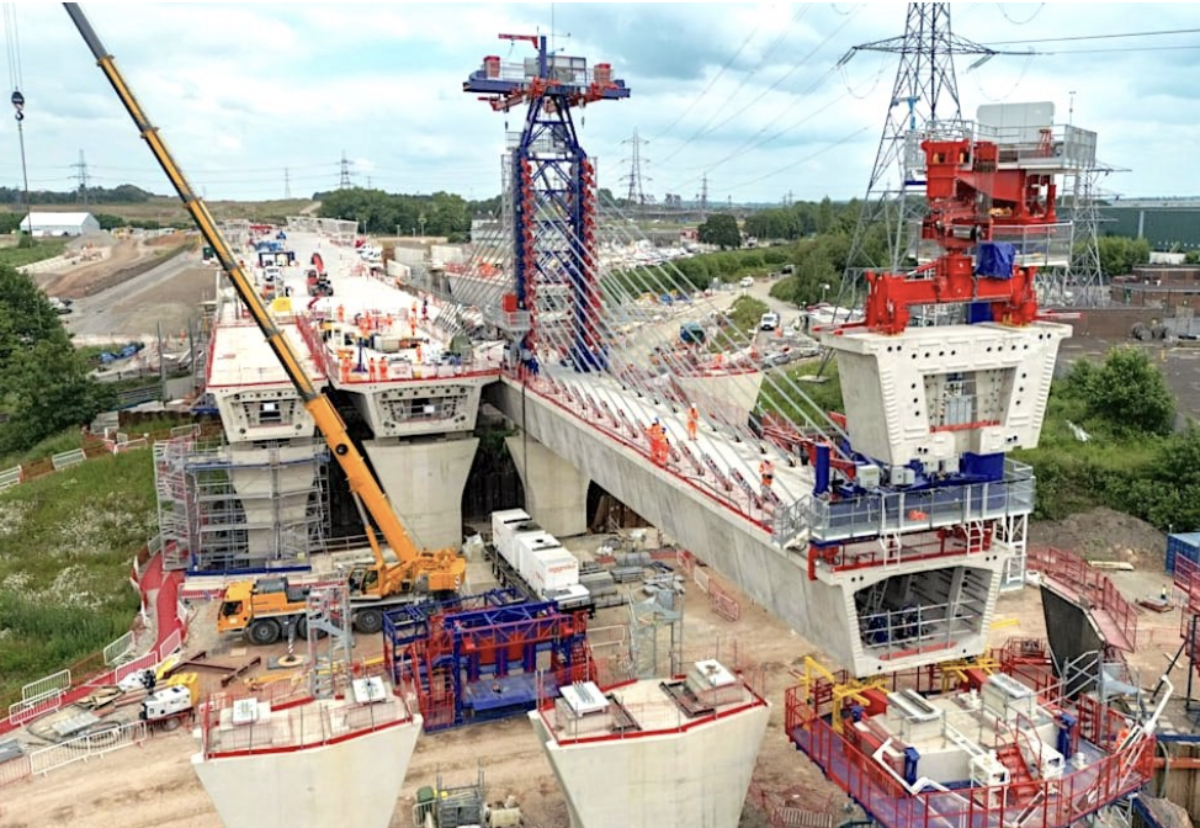











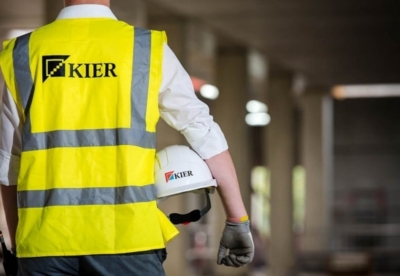




















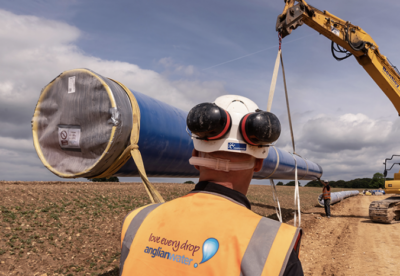



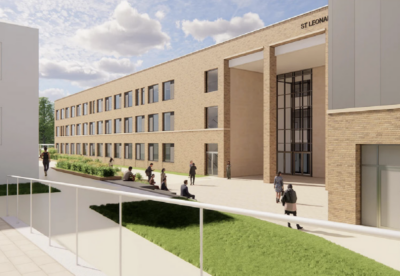






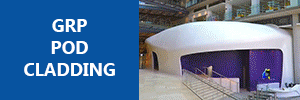






.gif)


